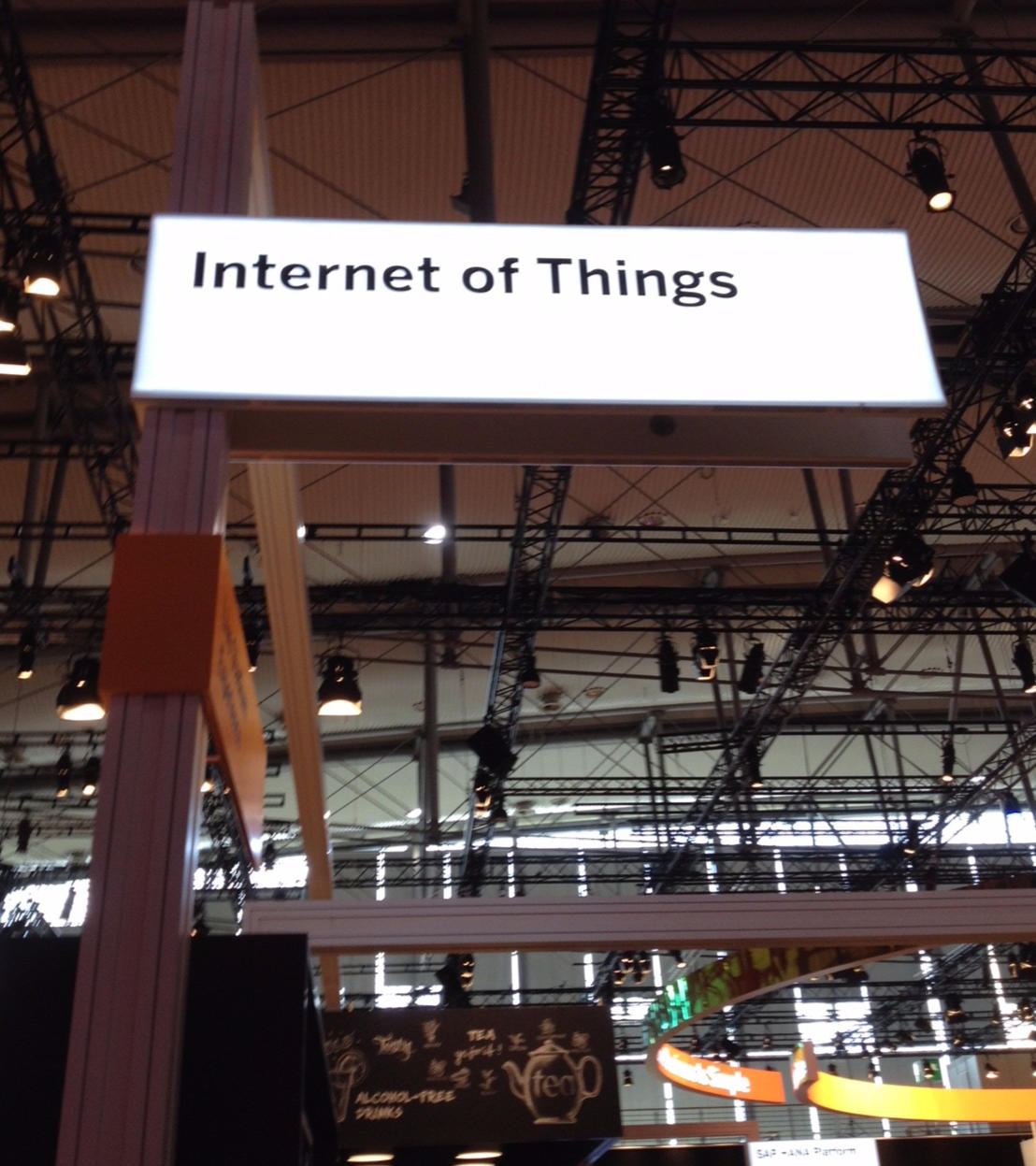Source: securityboulevard.com
DH2i has launched DxOdyssey for IoT, an instance of its software-defined perimeter (SDP) and smart availability software encapsulated in a lightweight container to enable it to run on internet of things (IoT) devices.
Company CEO Don Boxley said DxOdyssey was developed originally to enable IT teams to programmatically deploy a platform that enforced a zero-trust architecture using tunnels between edge computing platforms, local data centers and cloud services. Those network tunnels are created in software using DxOdyssey rather than requiring organizations to employ legacy virtual private networks (VPNs), which are not as easy to deploy and manage, he said.
DxOdyssey for IoT extends that capability further using lightweight containers that consume less than 250MB of memory. Previously, extending a zero-trust architecture to IoT devices in the absence of containers was problematic because IoT devices based on either Arm or x86 processors typically don’t have much memory capacity, Boxley noted.
Tunnels across the network are established by DxOdyssey using the Transmission Control Protocol (TCP) and the User Datagram Protocol (UDP) with enhanced error connection to improve overall latency. DxOdyssey also supports the Datagram Transport Security Layer (DTLS) communications protocol to enable encryption, along with public key node authentication.
In general, Boxley said the level of security that needs to be applied to edge computing depends on the use case. A smart meter, for example, may transfer relatively inconsequential data once a month, while other platforms transfer large amounts of sensitive data 24×7.
Regardless of the platform, however, it’s become more challenging for IT teams to secure them in the wake of the COVID-19 pandemic, noted Boxley. It’s simply not practical to dispatch software teams to manually install software to protect these devices when organizations are trying to limit travel as part of a larger effort to help contain the pandemic.
To hep stem the economic impact brought on by the pandemic, many organizations are investing in edge computing and IoT applications as part of digital business transformation initiatives. Many of those initiatives are being accelerated to either reduce costs or drive new streams of revenue. For many of these organizations, however, security is too often an afterthought even though cybercriminals increasingly are focused on launching attacks against platforms through which they can gain access to the rest of the enterprise.
Regardless of approach, it’s only a matter of time before organizations embrace a software-defined approach to securing various types of edge computing platforms. The attack surface is expanding faster than either cybersecurity or operations technology (OT) can defend. McKinsey recently estimated that edge computing would represent a potential value of $175 billion to $215 billion in hardware alone by 2025, while Verified Market Research expects the global IoT market to grow 26% between 2019 and 2026 to reach a value of more than $1.3 billion by 2026.
Of course, all that assumes a handful of high-profile cybersecurity events won’t derail projects, which then might suddenly be deemed too risky to the business to be allowed to go beyond the pilot phase.


